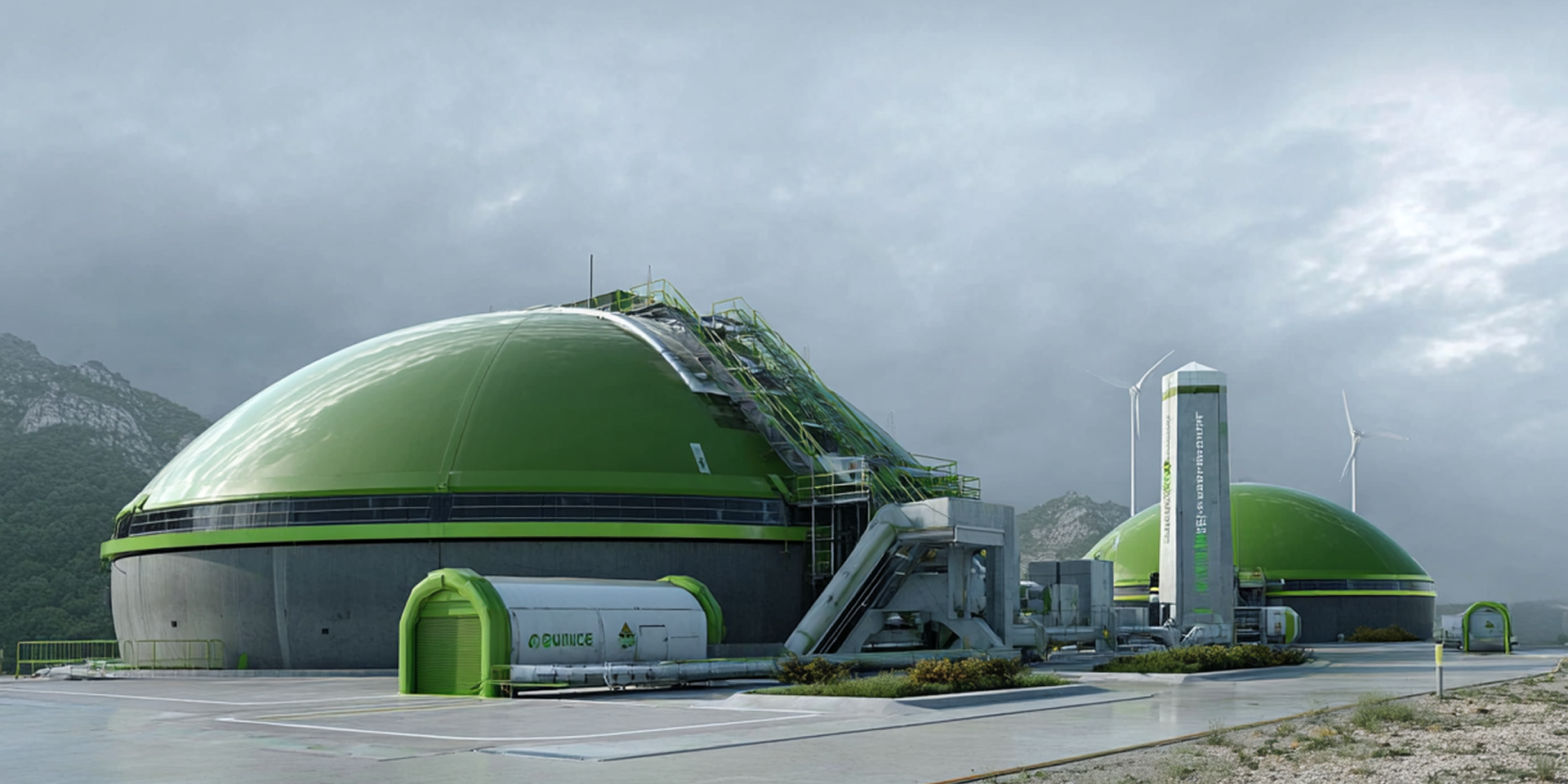South Korea has solidified its position in the international space exploration landscape with the announcement of a strategy aimed at establishing a permanent lunar economic base by 2045. This initiative, outlined by the Korea AeroSpace Administration (KASA) during a session at the National Research Foundation of Korea in Daejeon, positions South Korea as an emerging player in the competition for lunar colonization.
The terminology “lunar economic base” suggests an approach focused on the commercialization of space resources and the creation of a self-sustaining economic ecosystem. This strategy goes beyond traditional scientific research objectives, aiming to embrace prospects of extraterrestrial industrial development.
Strategy and technological developments
The roadmap presented by KASA outlines a five-year program structured around five missions. The strategic plan begins with the exploration of low Earth orbit, focusing on microgravity research, with the goal of systematic lunar exploration and scientific missions dedicated to solar and deep space studies.
The programmatic architecture includes the development of advanced systems for controlled lunar landing, surface mobility platforms, and structures designed for the in-situ extraction and utilization of lunar resources (ISRU). Particular attention is being paid to identifying and exploiting frozen water in the lunar polar regions, a strategic resource for sustaining permanent settlements.
The technological foundations of South Korea’s lunar program are already being consolidated through targeted research and development projects. The Korea Institute of Geoscience and Mineral Resources has undertaken significant experimental activities, deploying prototype lunar rovers in analogous terrestrial environments, specifically in abandoned coal mines. Testing activities in terrestrial environments, analogous to lunar ones, constitute a crucial phase for evaluating operational performance under reduced lighting conditions, extreme temperatures, and complex terrains that characterize the lunar surface.
Progress and future joint objectives
South Korea has already demonstrated significant operational expertise in lunar exploration through the Danuri mission (Korea Pathfinder Lunar Orbiter), launched in August 2022. The probe successfully reached lunar orbit after a four-month transfer trajectory and continues to operate effectively, conducting scientific investigations using an advanced instrument suite.
This mission has provided valuable data on lunar morphology, surface composition, and environmental conditions, forming an essential knowledge base for future surface operations.
The South Korean initiative fits into a context of growing international competition for establishing a permanent presence on the Moon.
The United States, through NASA’s Artemis program, aims to build lunar settlements within the next decade, while the Sino-Russian partnership (China and Russia) is developing the International Lunar Research Station with similar objectives.
India has similarly announced its intention to build a lunar base by 2047.
This convergence of timelines and objectives creates a scenario of strategic competition where control over lunar resources and geographically advantageous positions takes on increasing geopolitical relevance. The ability to establish a permanent presence on the Moon has significant implications for controlling space routes, accessing critical resources, and projecting power beyond Earth’s orbit.
KASA’s strategic vision extends beyond the Earth-Moon system, including the ambitious goal of realizing South Korea’s first Martian mission by 2045. This strategy aims to position South Korea among the top-tier space powers.
The integration of lunar and Martian objectives within the same timeline suggests the intention to develop technologies and operational capabilities transferable between different planetary environments, maximizing the efficiency of technological investments and creating operational synergies between different missions.






